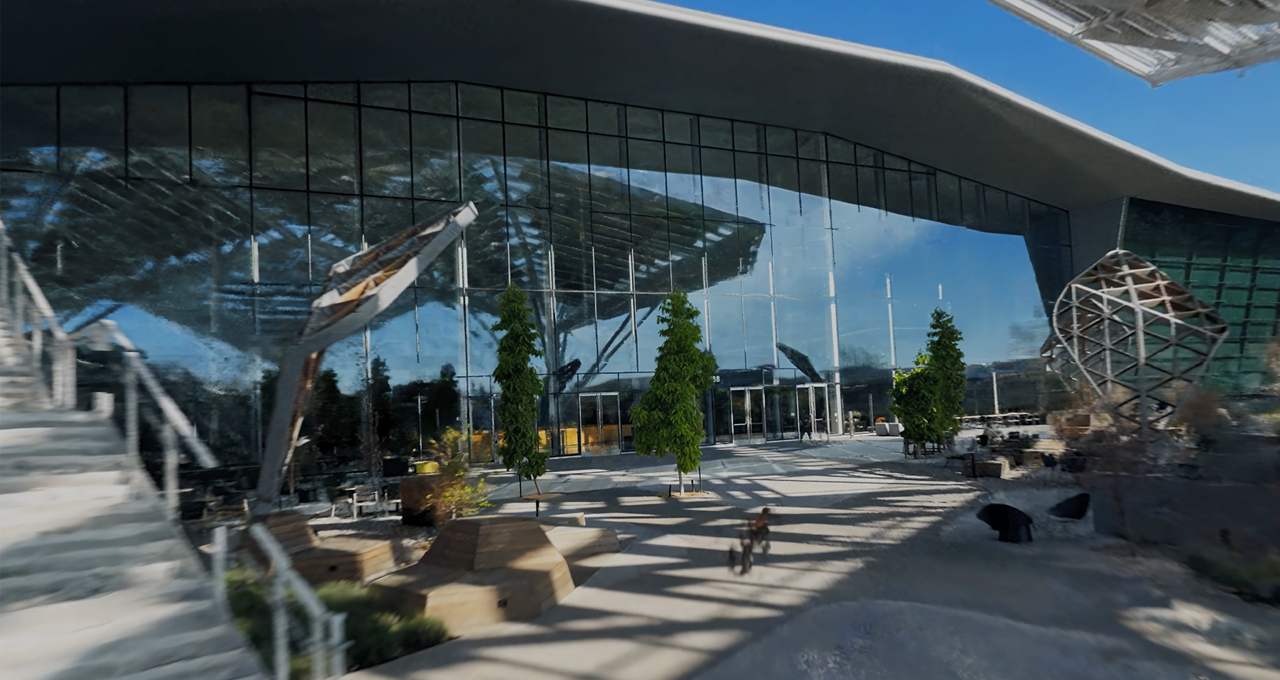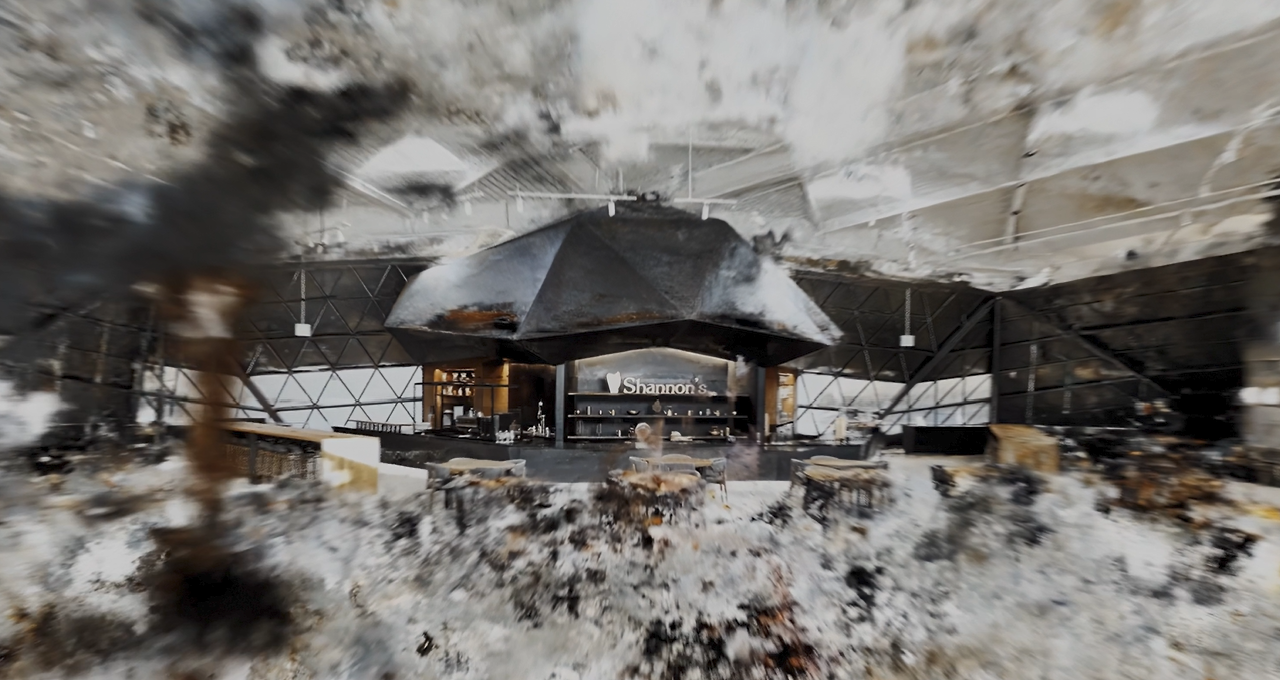
NVIDIA sees AI as a means of putting new tools into the hands of gamers and creators alike. NVIDIA Instant NeRF is one such tool, leveraging the power of NVIDIA’s GPUs to make complex 3D creations orders of magnitude easier to generate. Instant NeRF is an especially powerful tool in its ability to create these 3D scenes and objects.
In effect, NVIDIA Instant NeRF takes a series of 2D images, figures out how they overlap, and uses that knowledge to create an entire 3D scene. A NeRF (or Neural Radiance Field) isn’t a new thing, but the process to create one was not fast. By applying machine learning techniques to the process and specialized hardware, NVIDIA was able to make it much quicker, enough to be almost instant — thus Instant NeRF.
Being able to snap a series of photos or even record a video of a scene and then turn it into a freely explorable 3D environment offers a new realm of creative possibility for artists. It also provides a quick way to turn a real-world object into a 3D one.
Some artists are already realizing the potential of Instant NeRF. In a few artist showcases, NVIDIA highlights artists’ abilities to share historic artworks, capture memories, and allow viewers of the artworks to more fully immerse themselves in the scenes without being beholden to the original composition.
Karen X. Cheng explores the potential of this tool in her creation, Through the Looking Glass, which uses NVIDIA Instant NeRF to create the 3D scene through which her camera ventures, eventually slipping through a mirror into an inverted world.
Hugues Bruyère uses Instant NeRF in his creation, Zeus, to present a historic sculpture from the Royal Ontario Museum in a new way. This gives those who may never have a chance to see it in person the ability to view it from all angles nonetheless.

With tools like Instant NeRF, it’s clear that NVIDIA’s latest hardware has much more than just gamers in mind. With more and more dedicated AI power built into each chip, NVIDIA RTX GPUs are bringing new levels of AI performance to the table that can serve gamers and creators alike.
The same Tensor Cores that make it possible to infer what a 4K frame in a game would look like using a 1080p frame as a reference are also making it possible to infer what a fully fleshed out 3D scene would look like using a series of 2D images. And NVIDIA’s latest GPUs put those tools right into your hands.
Instant NeRF isn’t something you just get to hear about. It’s actually a tool you can try for yourself. Developers can dive right in with this guide, and less technical users can grab a simpler Windows installer here which even includes a demo photo set. Since Instant NeRF runs on RTX GPUs, it’s widely available, though the latest RTX 40 Series and RTX Ada GPUs can turn out results even faster.
The ability of NVIDIA’s hardware to accelerate AI is key to powering a new generation of AI PCs. Instant NeRF is just one of many examples of how NVIDIA’s GPUs are enabling new capabilities or dramatically speeding up existing tools. To help you explore the latest developments in AI and present them in an easy-to-understand format, NVIDIA has introduced the AI Decoded blog series. You can also see all the ways NVIDIA is boosting AI performance at NVIDIA’s RTX for AI page.







